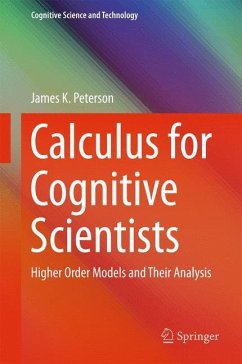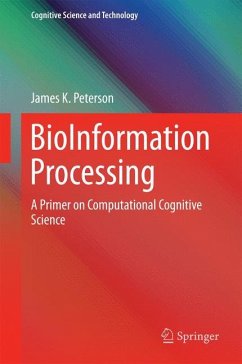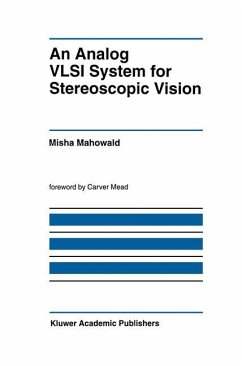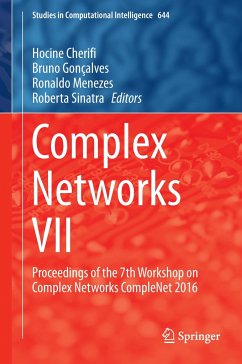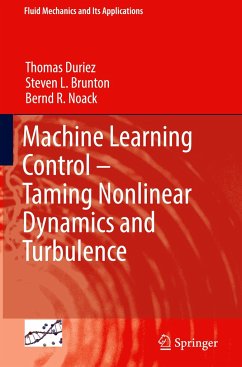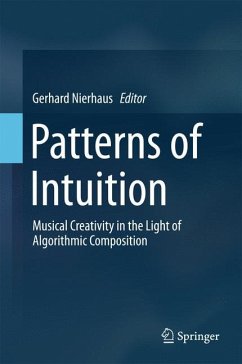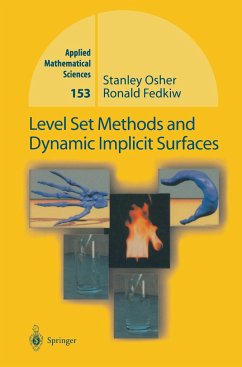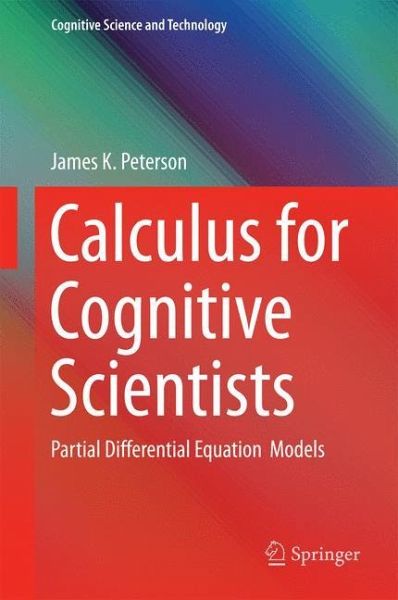
Calculus for Cognitive Scientists
Partial Differential Equation Models
Versandkostenfrei!
Versandfertig in 6-10 Tagen
113,99 €
inkl. MwSt.
Weitere Ausgaben:

PAYBACK Punkte
57 °P sammeln!
This book shows cognitive scientists in training how mathematics, computer science and science can be usefully and seamlessly intertwined. It is a follow-up to the first two volumes on mathematics for cognitive scientists, and includes the mathematics and computational tools needed to understand how to compute the terms in the Fourier series expansions that solve the cable equation. The latter is derived from first principles by going back to cellular biology and the relevant biophysics. A detailed discussion of ion movement through cellular membranes, and an explanation of how the equations t...
This book shows cognitive scientists in training how mathematics, computer science and science can be usefully and seamlessly intertwined. It is a follow-up to the first two volumes on mathematics for cognitive scientists, and includes the mathematics and computational tools needed to understand how to compute the terms in the Fourier series expansions that solve the cable equation. The latter is derived from first principles by going back to cellular biology and the relevant biophysics. A detailed discussion of ion movement through cellular membranes, and an explanation of how the equations that govern such ion movement leading to the standard transient cable equation are included. There are also solutions for the cable model using separation of variables, as well an explanation of why Fourier series converge and a description of the implementation of MatLab tools to compute the solutions. Finally, the standard Hodgkin - Huxley model is developed for an excitable neuron and is solved using MatLab.





